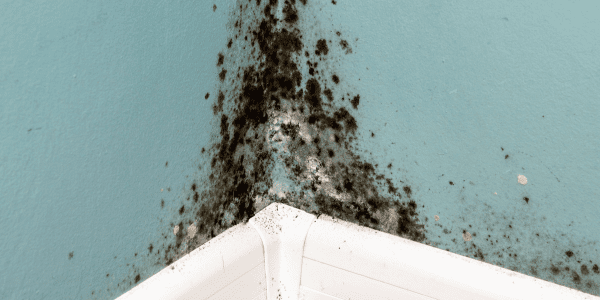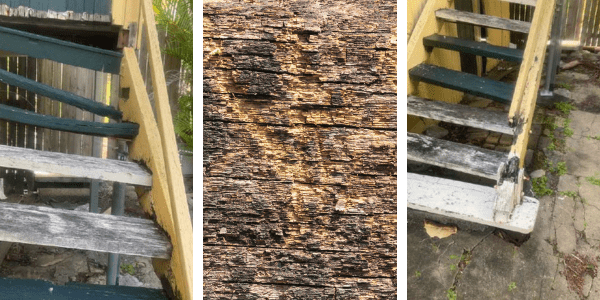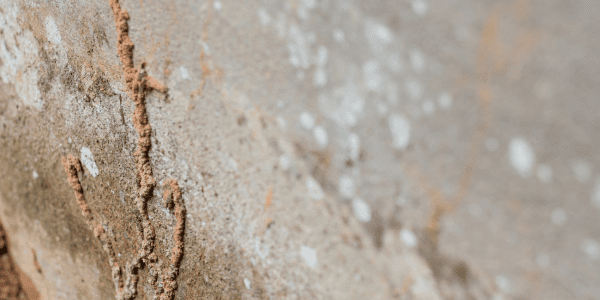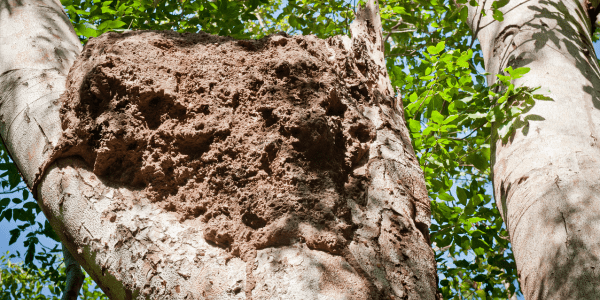How To Spot Common Building Defects
Don't get caught out. Learn how to spot common building defects.
Before buying a home, you should always consult experts to conduct a pre-purchase building inspection. However, there's some common defects that you should keep an eye out for while inspecting the home.
1. Mould
Mould, also called mildew, is a fungal growth that grows in warm, damp conditions.
An outbreak of mould begins as spores that are invisible to the naked eye but grow when the temperature and moisture levels are right. It can be evidence of issues major defects with plumbing or poor ventilation.
You can identify mould as dark blotches on the walls, ceiling and floor of your home. A strong, musty odour is also indicative of the presence of mould.
2. Timber rot
Timber rot also called dry rot, is the breakdown of timber by fungi that eats away at the wood.
Much like mould, timber rot is caused in part by moisture. Poor draining, leaking gutters and wet ground can produce the moisture necessary to lead to timber rot.
Timber rot has the potential to be a major defect that can undermine the structural integrity of your whole home if it is allowed to spread.
3. Damaged or cracked masonry
One of the more common building defects in the home can be faulty masonry, often found in brickwork.
Weep holes are small gaps left between bricks to allow for better ventilation and drainage in the home.
These weep holes are necessary but do come with certain problems – namely, they are a way for pests to enter your home.
Furthermore, bricks that have weep holes can get more easily damaged.
When examining a property, you want to look for unobstructed, undamaged weep holes as a positive sign of undamaged brickwork.
4. Obvious signs of a termite infestation
A termite infestation is a serious building defect that you should always be on the lookout for.
While we have previously written about other ways you can identify termites, a quick peruse of the home gives you limited opportunities to look for these pests.
If you see any “white ants” around the home, you should know that there is no breed of ant that are white – it is most likely a termite.
One of the easiest ways to figure out if termites are present on a property is to see trees in the backyard.
If it looks as though parts of the tree have been chewed away, this is likely evidence of termites.
Knowledge is power when buying a property
Knowing how to spot these common structural issues will help you immensely through the whole house buying process.
Informing the inspector of potential faults you’ve spotted will help them in their inspection. Not only that, knowing the signs behind major defects will help you understand the defect report you receive.
For rapid building inspection services and defect reports, contact us on 07 3807 0122 or via our website.





